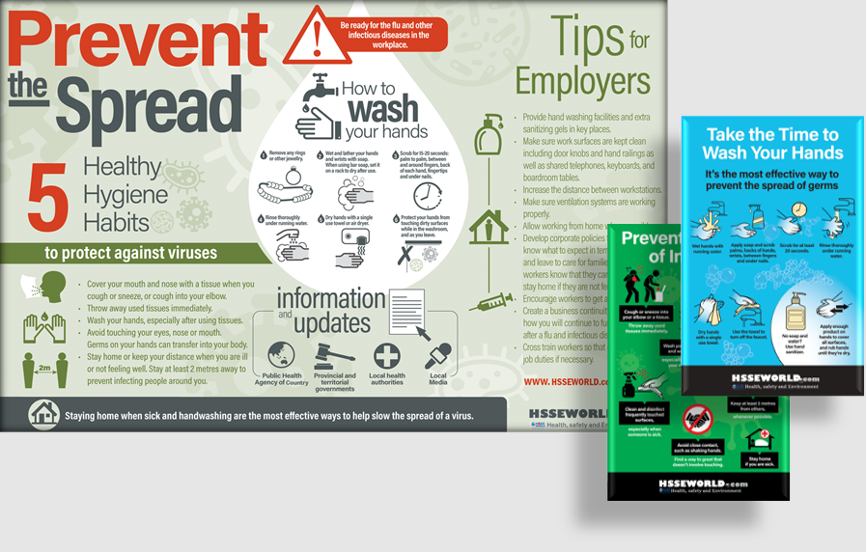Paints & coatings is a broad category that includes a wide range of different products. The chemicals in many of these can cause serious health problems such as sensitization and cancer. Each product has its own safety data sheet and instructions for safe use.

How workers are exposed
Paints, coatings, resins, foams, plastics, and the like often contain harmful chemicals. The harm can occur when they enter the body. This might happen if a worker breathes in the vapours these products produce. Workers could also swallow paints and coatings. If they are on a worker’s hands while eating, the harmful chemicals may get transferred onto food. Some chemicals can even be absorbed through the skin.
The risks
Working with paints and coatings puts workers at risk for multiple hazards, including the following:
| Respiratory problems |
|
| Sensitization |
|
| Skin problems |
|
| Life-threatening problems |
|
How to reduce the risks
Each paint or coating product comes with a safety data sheet. This includes the manufacturer’s recommendations for safe use. Following these recommendations will help protect workers.
The best way to reduce the risk of exposure to paints and coatings is to eliminate the source of exposure. If that’s not possible, there are other risk controls to use. When choosing risk controls, start by asking the questions in the following steps. The steps are listed in order of effectiveness.
- Elimination or substitution
Eliminating the hazard by substituting a safer process or material, where possible, is the most effective control. Some questions to consider:
- Can less hazardous materials be used?
- Can isocyanate-free materials be used?
- Can a process that requires less paint or coating be used?
- Engineering controls
Making physical modifications to facilities, equipment, and processes can reduce exposure. Some questions to consider:
- Can ventilation be improved?
- Can tasks be enclosed by barriers that prevent unprotected workers from being exposed to the hazards?
- Administrative controls
These involve changing work practices and work policies. Providing awareness tools and training also count as administrative controls. All can limit the risk of exposure to the harmful chemicals in paints and coatings. Some questions to consider:
- Have you developed a written exposure control plan for the chemicals you are using?
- Can warning signs be posted where hazardous materials are used and handled?
- Can workers be scheduled so that only workers essential to the job are in the area?
- Personal protective equipment
This is the least effective control. When used, there must always be at least one other control in place as well. Some questions to consider:
- Do workers have the proper respirators, eye wear, and protective clothing?
- Has personal protective equipment been tested to make sure it is working properly?




